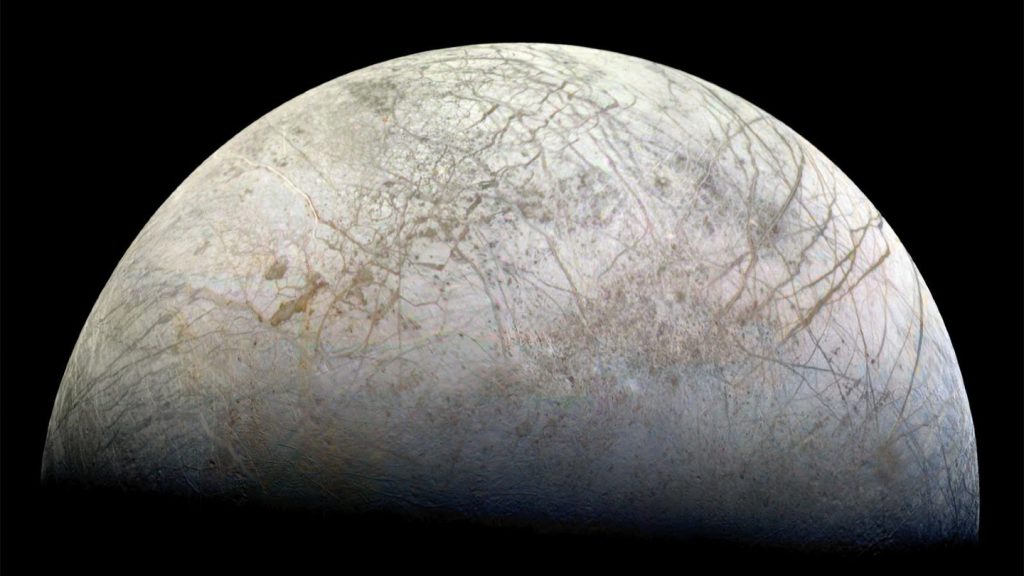Bonnie Buratti, a planetary astronomer, first became intrigued with the possibility of life on Jupiter’s moon Europa in the 1980s when studying images taken by Voyager 1 and 2. The fissured surface of Europa hinted at a subsurface ocean, sparking curiosity about what lies beneath the icy shell. Over the years, the search for life in the solar system has evolved into a serious mission, with NASA’s Europa Clipper set to explore the habitability of Europa, a journey Buratti is excited to be a part of after four decades in the field.
Buratti’s interest in space science dates back to her childhood, coinciding with the dawn of the space age and significant events such as the launch of Sputnik and the Apollo 11 moon landing. Fascinated by astronomy, she delved into planetary science, working with influential figures like Carl Sagan and Frank Drake, who were instrumental in advancing the search for extraterrestrial life. Despite facing challenges in her Ph.D., Buratti found a mentor in astronomer Joe Veverka, under whose guidance she explored Voyager images of Europa, igniting her passion for planetary science.
Joining NASA’s Jet Propulsion Lab in 1985, Buratti has been part of groundbreaking missions exploring the solar system, including Cassini’s revelations about Saturn’s moons. Discoveries such as liquid plumes from Enceladus and hydrocarbon lakes on Titan paved the way for hypotheses about subsurface oceans in the solar system. These findings, combined with recent glimpses of oceans on distant Pluto, fuel Buratti’s enthusiasm for exploring Europa’s potential as a habitable world, a notion that may extend to exoplanets as well.
As part of the Europa Clipper mission launching in 2030, Buratti plays a crucial role in maximizing scientific returns from the mission. Clipper aims to conduct close flybys of Europa while orbiting Jupiter to study the moon’s composition, gravity, and internal structure for signs of habitability. With confidence in finding a habitable environment on Europa, Buratti emphasizes the strong link between water and life, reflecting on the promising nature of this mission in potentially uncovering new insights into the existence of life beyond Earth.


